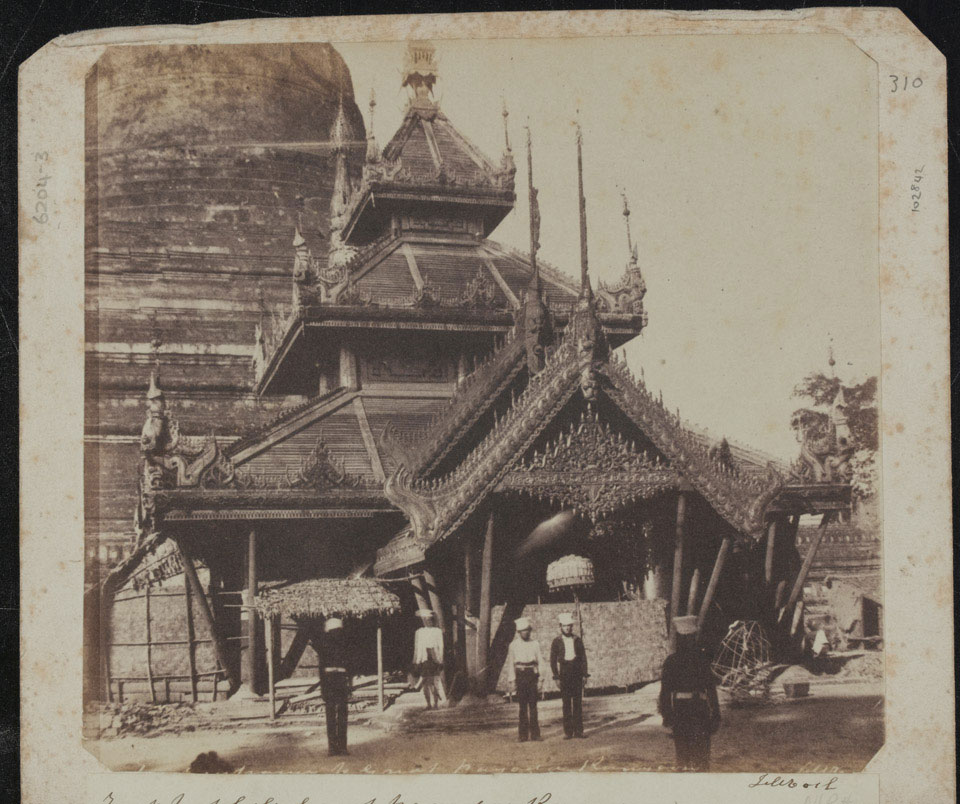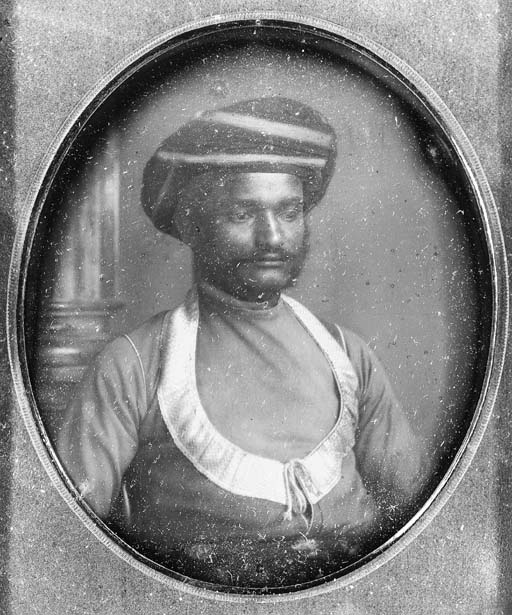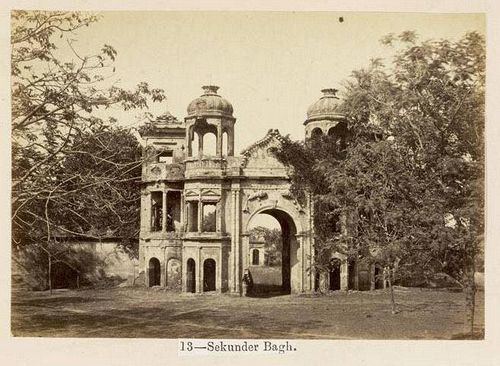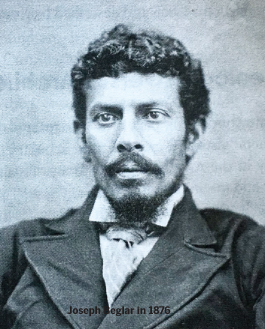
Joseph David Beglar, or Joseph David Freedone Melik Beglar (1845–1907), was an Armenian-Indian trained engineer, well-known archaeologist and an excellent photographer working with Archaeological Survey of India (ASI) in British-India from 1860 to 1880.
Beglar was interested in photography, a medium which had not been widely used in archaeology before; for the most part written descriptions or drawings of monuments and objects were thought to be sufficient. Photography as a medium was also new and emerging.
His first posting with the Public Works Department (PWD) was in 1863 as a probationary assistant engineer, to the Chittagong division. Beglar had a particular interest in the photographic documentation of historical monuments. In 1871, when Alexander Cunningham, was the Director-General of the newly created Archaeological Survey of India, Joseph David Beglar was deputed at the Archaeological Department due to his photography and negotiation skills.
Throughout this period Beglar produced hundreds of photographs of historic and aesthetic character temples and religious art, of the greater part of the Bengal Presidency (including large areas of Bihar and Orissa), along with the ruins of Delhi, Bundelkhand, Malwa, and the Central Provinces. Today, these images remain to be a priceless record of how monuments looked when they were discovered.
During this time of archaeological surveys, the photographs emerged as the sole body of indestructible and incorruptible scientific evidence capturing the original authentic structures of ruins which are rapidly deteriorating and fast vanishing material remains of antiquities.

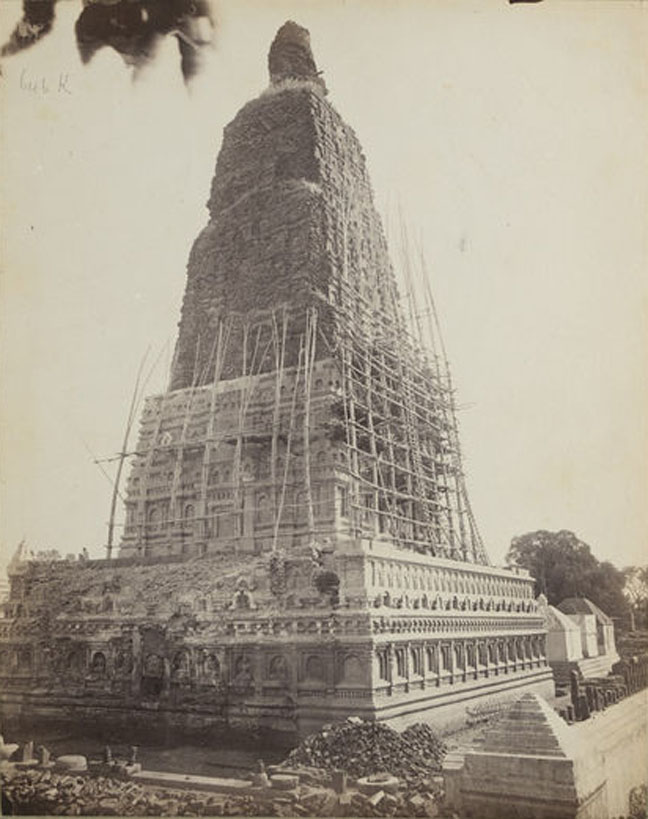
Caption: Photograph of the Mahabodhi Temple at Bodh Gaya, before repairs, from the Archaeological Survey of India Collections, taken by Joseph David Beglar in the 1860s. The Mahabodi Temple complex is one of the holiest sites related to the life of Buddha as it is the place where he attained Enlightenment. The present temple dates from the 7th Century and later and was built on the site of a previous temple erected by Emperor Ashoka in the 3rd century BC. It is built in front of the Bodhi Tree, the tree under which the Buddha attained enlightenment, surrounded by a quadrangular stone railing. This is a general view of the east façade of the main tower, before restoration and repair of the temple.
In 1880, J. D. Beglar, was transferred back to the Public Works Department and in the very same year, Sir Ashley Eden, the Lieutenant Governor of Bengal, appointed him as an Executive Engineer to supervise the repair of the Bodh Gaya Temple.
In his carrier as archaeologist Joseph David Beglar co-authored many books on archaeology and one book on his photography collections which is titled as “List of photographic negatives of ancient buildings and antiquities in the Imperial Museum.” Published Govt. of India 1890, compiled by J. Wood-Mason with the aid of J.D. Beglar
Reference
http://www.luminous-lint.com/app/photographer/Joseph_David__Beglar/A/
https://architexturez.net/pst/az-cf-183641-1498207144
https://collections.vam.ac.uk/item/O175908/mahabodhi-temple-at-bodh-gaya-photograph-beglar-joseph/
Archaeology comes to Bihar: The Official Map and the Non-Official Worlds or Survey and Collecting

